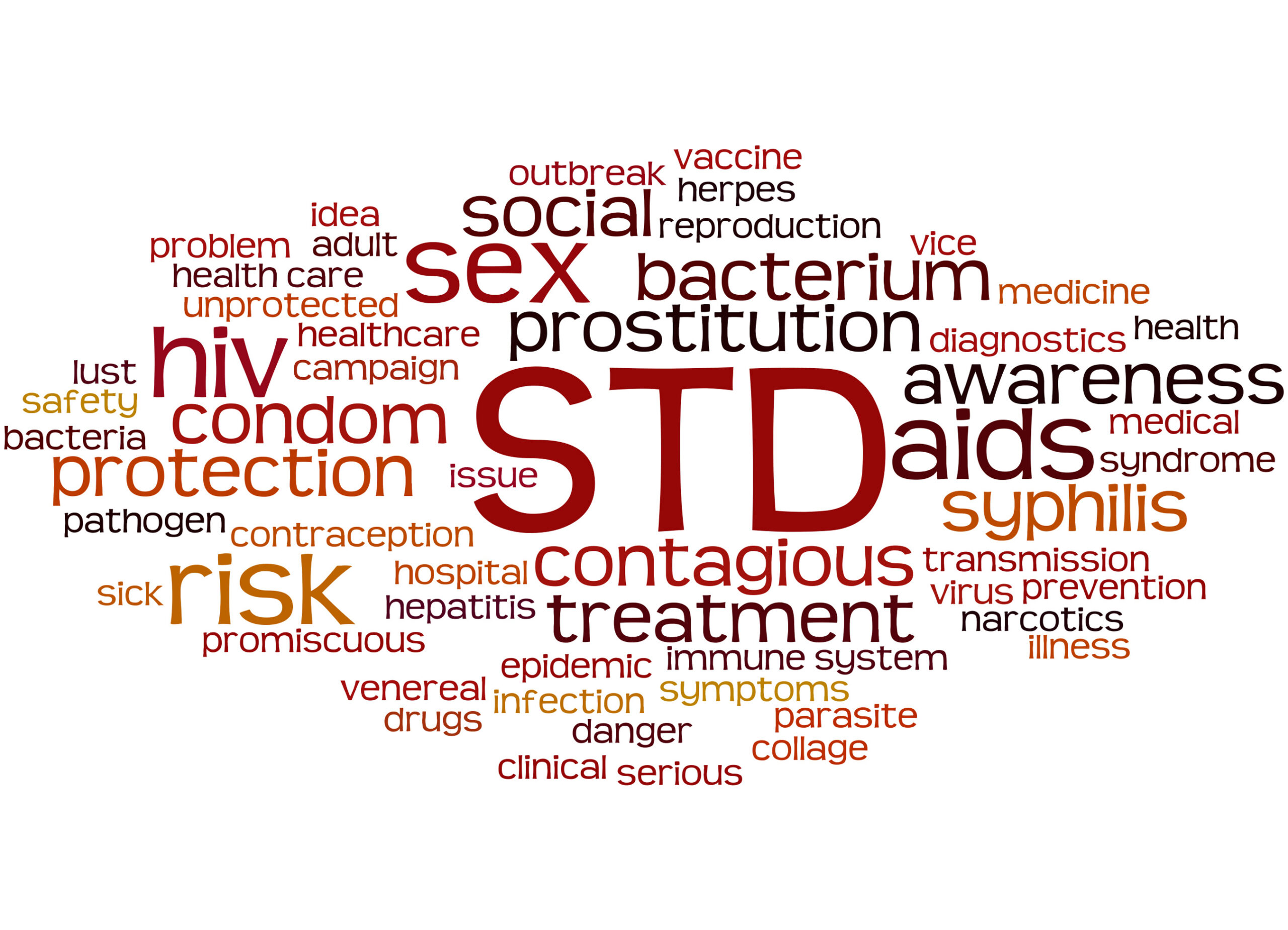There are more than 2.5 million cases of gonorrhea, syphilis, and chlamydia in the United States of America. The data reveals an alarming 78.9% increase in syphilis over the past 5 years, with a 183.4% rise over 5 years and a staggering 937% increase over a decade in the reported congenital syphilis cases (passed from mother to baby). Gonorrhea cases have increased by 11.1% over 5 years, and there are approximately 1,649,716 cases of chlamydia across the nation. Overall, the total reported STIs have increased by 1.9% representing around 2,505,027 cases in America.
While nearly every state reported at least one case of congenital syphilis, according to the report, the majority of these cases are among patients residing in California, Florida, Texas, Arizona, and Louisiana with these areas accounting for 57% of all reported cases of congenital syphilis cases. Additionally, racial and ethnic minorities are disproportionately affected by the STI epidemic, specifically with African-American patients representing up to 30% of all congenital syphilis cases reported in 2022 alone.
Laura Bachmann, MD, MPH, FIDSA, FACP, Acting Director, CDC’s Division of STD Prevention writes in the announcement:
“The STI field has reached a tipping point. We have long known that these infections are common, but we have not faced such severe effects of syphilis in decades. Recent public health emergencies diverted program resources and threatened the health of those already disproportionately affected by STIs. We must move now to pick up the pieces.”
“We cannot continue to use decades-old prevention strategies to address today’s STI epidemic. People need testing and treatment to meet them where they are. We know treatment is not always received in traditional healthcare settings. We must continue supporting opportunities and initiatives that enhance and expand STI service delivery, care, monitoring, research, and training. Innovative solutions like partnerships with retail health or pharmacies, STI express clinics, and setting up injectable syphilis treatment delivery programs can jump-start care for people.”
“There are no shortcuts, and we have to meet people where they are. Some people face tremendous barriers to STI prevention and health services. So, the most important work is often outside the clinic, whether it be reaching out to communities with testing, interviewing patients to offer services to their partners, or delivering treatment directly to someone.”
The National Coalition of STD Directors (NCSD) issued the following statement in response to the newly released data:
“The CDC’s latest STI data shows that our nation is facing a rapidly deteriorating public health crisis with real lives at stake. STIs – especially syphilis – will continue to spiral out of control until the administration and Congress provide communities with the funding they need to provide the most basic screening, treatment, and prevention services.”
“The 2022 surveillance data shows millions of people were impacted by entirely preventable infections. Increasingly, though, women and babies have been forced to bear the most devastating consequences of the nation’s STI epidemic as syphilis and congenital syphilis continue to rage with treatment shortages, workforce cuts, and attacks on women’s healthcare only adding to the fire. The newly announced federal syphilis task force and the limited import of Extencilline are steps in the right direction, but the nation needs a response that fully meets the moment: one that pairs the new attention from HHS with the resources communities need to restore last year’s public health workforce cuts and implement the basic screening and treatment services HHS recommends.”
“The 2022 data shows hundreds of lives lost and millions of infections, but it doesn’t yet reflect the workforce cuts and drug shortages states have experienced in the time since – the reality is that the 2023 data will be worse.”




